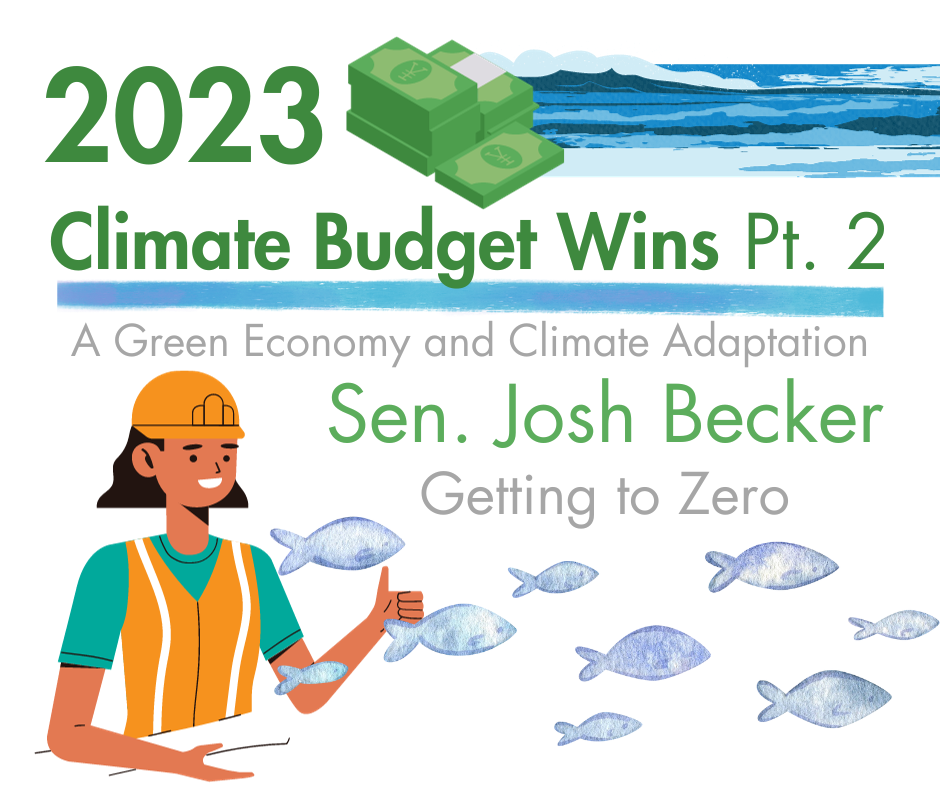Nearly a decade ago, we committed California to cutting greenhouse gas emissions 40% below 1990 levels by 2030. It was a bold move, but bold moves are part of our DNA in California. Now, with 2030 just five years away, it’s time to ask: Are we on track?
The latest data from the California Air Resources Board (CARB) shows we’ve made real progress. In 2022 (the latest year for which we have results), emissions dropped to 371.1 million metric tons of CO₂-equivalent (MMTCO₂e), the lowest in decades and a 24% reduction since 2000. That’s a big deal.
